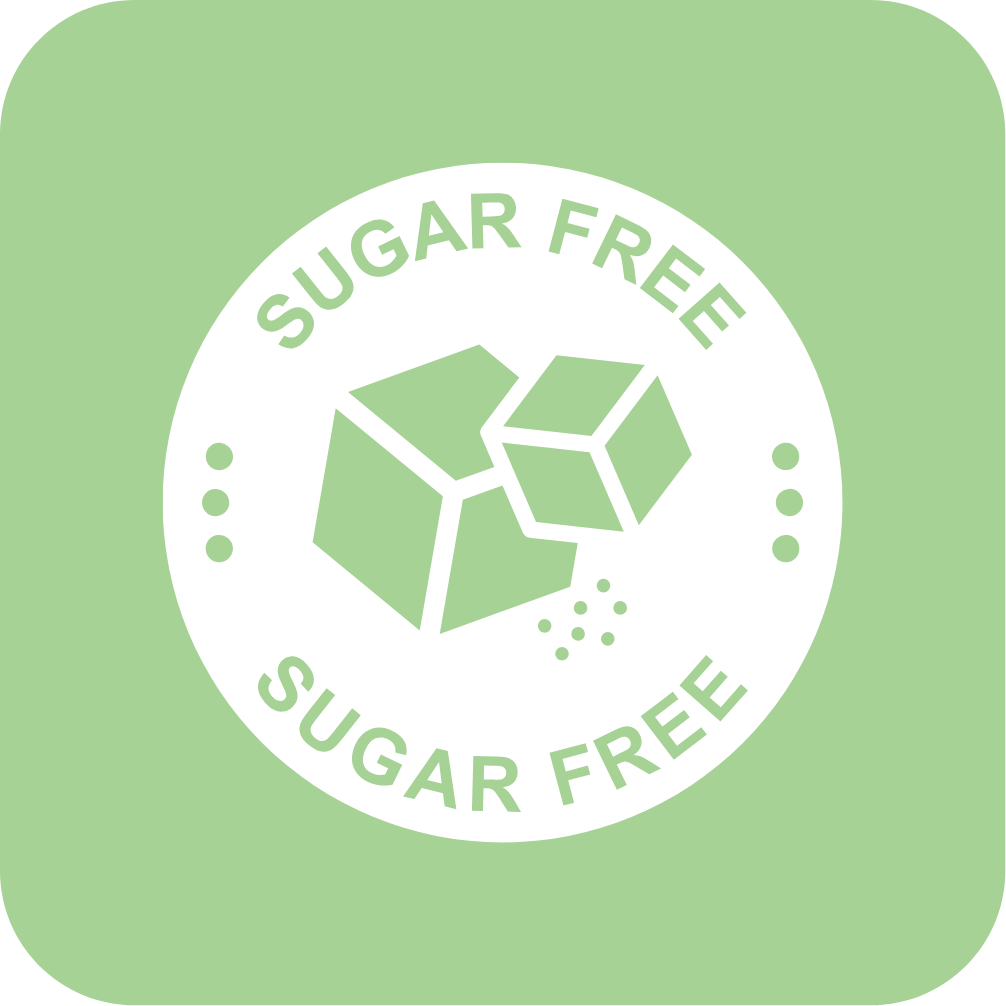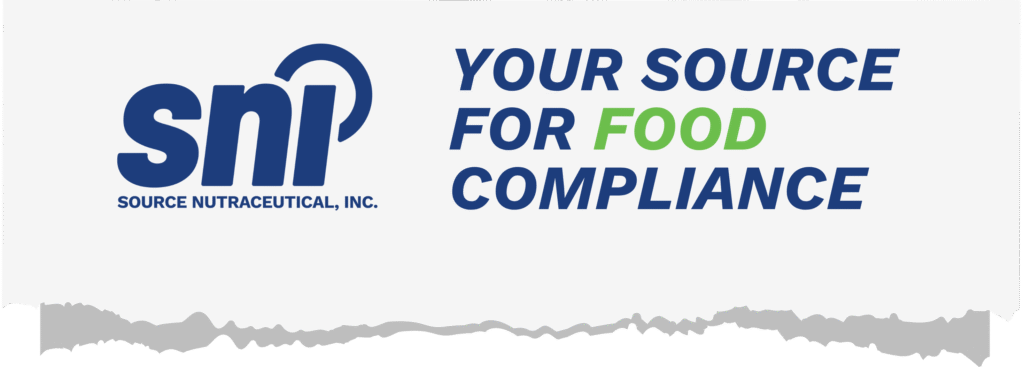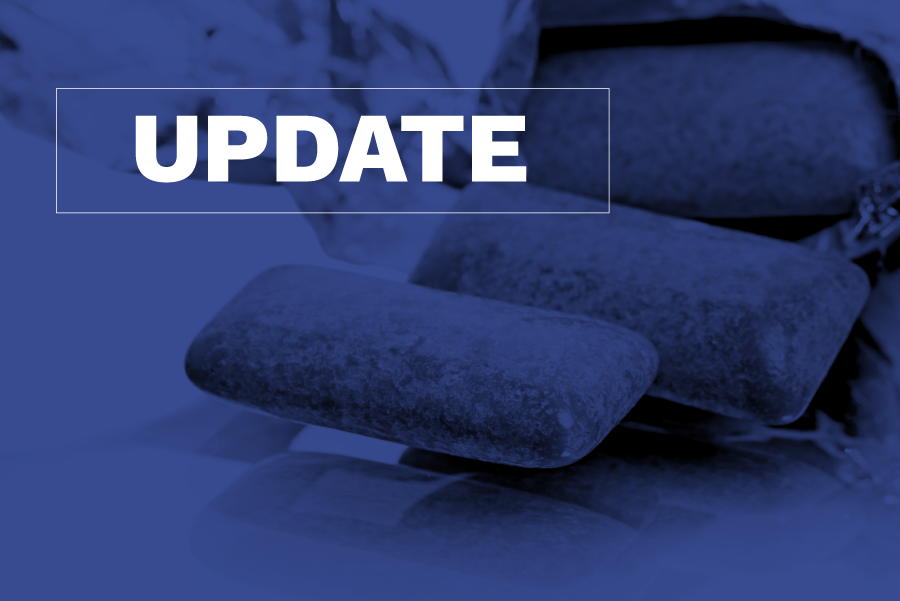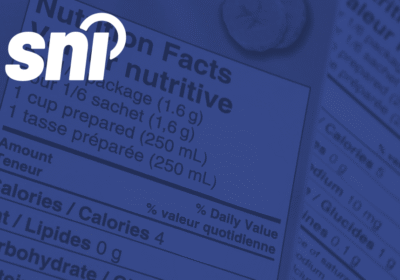On September 2, 2025, Health Canada updated the Table of Permitted Nutrient Content Statements and Claims, modifying the table to once again exempt chewing gum from the energy conditions set out under the “free of sugars” claim.
Learn more about this regulatory change and what it means for manufacturers and brands below.
What is the Table of Permitted Nutrient Content Statements and Claims?
In Canada, food claims are regulated to ensure transparency for consumers and substantiation for brands. This system protects consumers by guaranteeing that nutrition-related information on packaging is accurate, while also protecting businesses by standardizing food and nutrient content claims across products.
The Table of Permitted Nutrient Content Statements and Claims sets out the exact wording that may be used, along with the conditions that must be met before a company can apply a claim on a food label or in marketing. For example, the “low in sugars” claim appears on this table and includes detailed eligibility criteria that ensure consistency and reliability.
How the “Free of Sugars” Claim Relates to the “Low in Energy” Claim

The “free of sugars” claim is tied to energy limits to ensure that a product marketed as sugar-free is also not high in calories from other sources. Originally, the claim required foods to meet the strict “free of energy” conditions, which set a threshold of fewer than 5 calories per reference amount and serving.

In 2022, Health Canada updated the regulations so that foods could instead meet the less restrictive conditions for a “low in energy” claim, which allows up to 40 calories per reference amount and serving (or per 50 g for foods with a reference amount of 30 g or less). This alignment was intended to expand the use of the “free of sugars” claim, particularly for products sweetened with low-calorie alternatives that may contain slightly more than 5 calories but still provide minimal energy overall.
The 2022 Amendment and Its Impact on Chewing Gum
In 2022, Health Canada revised the conditions for the “free of sugars” claim in item 37 of the table following section B.01.513 of the Food and Drug Regulations. The intent of this update was to make energy requirements less restrictive by allowing products to meet the “low in energy” criteria (40 calories or less) rather than the more restrictive “free of energy” criteria (less than 5 calories).
However, as part of this update, the exemption for chewing gum was removed. This meant that chewing gum products, which have a very small reference amount (3 g), would be subject to density-based energy calculation. Although two pieces of gum may only provide 5 calories, when calculated based on 50 g, the same product could yield 90 calories, which exceeds the 40-calorie threshold for the “low in energy” claim.
As a result, chewing gum that had previously been exempt from these conditions risked becoming non-compliant once the transition period ends on December 31, 2025.
Health Canada’s Rationale for Reinstating the Exemption

It was never Health Canada’s intent to restrict chewing gum from using the “free of sugars” claim. Both the Notice of Proposal published in 2018, and the Notice of Modification issued in 2022 made no reference to removing the exemption for chewing gum.

Recognizing that this was an oversight, Health Canada has reinstated the exemption for chewing gum in item 37, column 2, paragraph (b) of the table. This correction ensures that chewing gum products can continue to make “free of sugars” claims, consistent with the original intent of the regulations.
Consultation Process
To address the issue formally, Health Canada published the Notice of Proposal to modify the Table of Permitted Nutrient Content Statements and Claims (free of sugars) on January 17, 2025 (reference number P-ANC-25-01). The proposal clearly stated the intent to reinstate the chewing gum exemption and was open for a 75-day public consultation period.
Stakeholder Feedback and Response

Seven comments were submitted during the consultation process. Respondents included industry representatives, a health care practitioner, a government department, and a member of the public. The majority supported the proposal to reinstate the exemption. Comments that were unrelated to the proposed modification were considered out of scope.
No new data or information was provided that warranted changes to the proposal. Health Canada therefore confirmed the reinstatement of the exemption as originally described.
About the Updated “Free of Sugars” Claim
Under section E, “Sugars Related Statements and Claims,” of the Table of Permitted Nutrient Content Statements and Claims, products may be labelled or marketed as “free of sugars” if they meet one of the following requirements:
(a) contains less than 0.5 g of sugars per reference amount and serving of stated size; and
(b) with the exception of chewing gum, meets the conditions set out in column 2 of item 2 for the subject “low in energy” set out in column 1.
When these conditions are satisfied, it is permissible to use a “free of sugars” claim or one of its acceptable variations, such as “sugar-free”, “no sugar”, “0 sugar”, “zero sugar”, “without sugar”, “contains no sugar”, “sugarless”, “0 g sugar”, “zero g sugar”,”0 gram sugar” or “zero gram sugar”. Any use of this claim outside these parameters is considered non-compliant and may lead to corrective actions by regulators.
What This Means for Manufacturers and Brands

With the chewing gum exemption officially reinstated, manufacturers and brand owners in this category can confidently continue to apply the “free of sugars” claim on eligible products. This update provides regulatory clarity and aligns with the original purpose of the regulations: to support accurate, consistent, and practical nutrient content claims without unintentionally restricting certain product categories.
Final Remarks
The reinstatement of the chewing gum exemption brings needed clarity to both regulators and industry. By correcting an unintended consequence of the 2022 amendment, Health Canada has ensured that chewing gum products remain eligible for “free of sugars” claims while maintaining consistency and transparency across the broader food supply. For manufacturers and brand owners, this change underscores the importance of closely monitoring regulatory updates and engaging with consultation processes to help shape practical, science-based policies. Moving forward, the updated framework balances consumer protection with industry flexibility, supporting accurate labelling that benefits both businesses and the public.
Interested in learning more about the food labelling requirements or recent regulatory updates? Visit our article on food labelling or watch our recent presentation.

To learn how Source Nutraceutical Inc. can support your team with regulatory planning, product reformulation, or cross-border labelling compliance, contact us today. Our experts are here to help ensure your food products remain competitive, compliant, and market ready.
🥐 More about our services here.
💡 Compliance is easy with the right support!
📩 info@sourcenutra.com
⬇️ Send us a request for support or an introductory call
FAQ
Why was chewing gum originally exempt from the “free of sugars” energy conditions?
Chewing gum has a very small reference amount (3 g). Without the exemption, the energy content must be calculated as if 50 g were consumed, which artificially inflates the calorie count and disqualifies gum from “free of sugars” claims even though individual servings contain minimal calories.
What caused chewing gum to lose this exemption in 2022?
In 2022, Health Canada updated the regulations so that the “free of sugars” claim could be linked to the “low in energy” conditions rather than the stricter “free of energy” conditions. Inadvertently, the chewing gum exemption was removed during this update, which meant gum was subject to the 50 g density calculation.
How does the reinstatement affect gum manufacturers and brands?
With the exemption reinstated as of September 2, 2025, chewing gum products are once again eligible to use the “free of sugars” claim, provided they meet the sugars-related conditions. This restores regulatory clarity and allows brands to maintain compliant sugar-free claims on gum packaging and marketing.
Do the new rules change the “free of sugars” claim for other foods?
No. For all other foods, the “free of sugars” claim remains tied to the “low in energy” conditions. Only chewing gum has been specifically exempted to address the unique challenge created by its small reference amount.
When do manufacturers need to comply with this update?
The exemption is effective immediately as of September 2, 2025. The previous transition period for compliance with the 2022 amendments ends on December 31, 2025, but chewing gum manufacturers can already rely on this correction when preparing labels and marketing materials.
✷ The content on this website, including information presented in this post, is provided for general informational purposes only and does not constitute legal, regulatory, or professional advice. While efforts are made to ensure accuracy, laws and regulations vary by jurisdiction and may change over time. Readers should not rely on this information as a substitute for advice from qualified legal or regulatory professionals. We disclaim any liability for actions taken based on this content, and users are encouraged to seek guidance specific to their circumstances.




